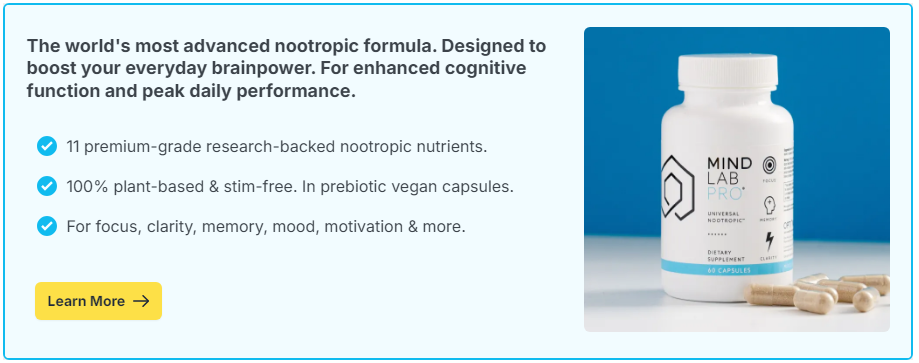
Ever sat in a brainstorming session and felt like your brain was just not cooperating? You’re not alone. Getting those creative juices flowing on demand can be tough, but fear not! With the right strategies, you can transform any brainstorming session into a fruitful ideation powerhouse.
Contents
The Power of Diversified Teamwork
One of the easiest ways to enhance a brainstorming session is by bringing together a diverse group of people. When individuals come from different backgrounds, cultures, and experiences, they’re likely to approach problems from unique perspectives. This diversity of thought can lead to more innovative and creative solutions.
According to research, diversity not only encourages better problem-solving but also helps in identifying potential pitfalls that a more homogenous group might overlook. By assembling a team with varied backgrounds, you enrich the pool of ideas and increase the odds of landing on a groundbreaking concept.
Mind Mapping For Clarity and Focus
Mind mapping is a visual thinking tool that helps organize information, making it easier to understand complex issues and connect ideas in meaningful ways. Start with a central idea and branch out into related topics and subtopics, using keywords, images, and lines to illustrate connections.
This method aids in structuring thoughts, which can enhance memory and understanding. By clearing the mental fog and organizing thoughts visually, your brain can focus more efficiently, leading to increased creative output. Give mind mapping a try in your next session—it might just be the clarity booster you need!
The Role of Environment in Creative Thinking
It’s not just the strategies you use, but also the environment in which you brainstorm that can make a difference. The physical environment can have a significant impact on your creativity. A well-lit room with comfortable seating and ample space can promote a sense of well-being and encourage free-flowing ideas.
Consider incorporating some natural elements, like plants or a window view, which studies have shown can enhance cognitive function and mood. Adjust the lighting to a comfortable level and ensure that the environment is free from distractions to maintain focus during the session.
Nootropics: Fueling the Brainstorm
Nootropics, often referred to as brain supplements, can play a role in enhancing cognitive functions like memory, creativity, and motivation. Some nootropics are naturally found in foods, while others are available in supplement form. Popular choices include caffeine, omega-3 fatty acids, and ginkgo biloba, each boasting benefits for brain health.
While nootropic supplements can offer a boost, it’s essential to approach them with caution and seek advice from a healthcare professional before use, especially since their effects can vary from person to person. When integrated carefully into a routine, nootropics can support mental clarity and focus, potentially enriching brainstorming sessions.
Group Flow: Synchronizing Effort and Creativity
Achieving a state of “group flow” is a powerful strategy where team members get on the same wavelength, fostering creative collaboration. This concept, rooted in flow theory, occurs when a team synchronizes so well that ideas seem to merge effortlessly. It’s a magical moment where everyone feels equally invested in the process.
To achieve group flow, ensure everyone understands the session’s goals and encourage open communication. Assigning specific roles can help maintain structure, while also giving team members the flexibility to explore ideas. Respect for each other’s inputs and an open mind are key ingredients to keeping the flow intact.
Encouraging Psychological Safety
For any brainstorming session to thrive, participants must feel safe to share their thoughts without fear of judgment. This is psychological safety—a belief that it’s okay to take risks and to propose unconventional ideas. When teams operate in an environment of trust, individuals are more likely to contribute freely and creatively.
Creating psychological safety starts with leaders who model respectful listening and openness to new ideas. Encourage feedback and ensure that all voices are heard, celebrated, and valued. This culture of safety and encouragement can lead to breakthrough ideas that might otherwise never see the light of day.
Embracing Constructive Conflict
While conflict might sound counterproductive, constructive conflict can actually enhance creativity. When done right, it can lead to sharpening ideas and finding the best solutions. Encourage team members to challenge each other’s ideas respectfully, pushing the limits of their thinking to arrive at superior outcomes.
It’s important to foster an environment where healthy debate is seen as a way to refine and improve ideas rather than a personal attack. By focusing on the ideas themselves and not the person presenting them, teams can harness the power of constructive conflict for better brainstorming results.
Supplements for Stress Management
Brainstorming under stress is not ideal, and often our brains shut down under pressure. This is where brain supplements designed for stress management can come in. Ingredients like L-theanine, often found in green tea, can promote relaxation and help reduce stress without drowsiness, improving focus during brainstorming.
As with nootropics, it is important to consult a healthcare provider before introducing these supplements into your regimen. Effectively managing stress can help create a more conducive environment for creativity, allowing your mind to explore and innovate freely during brainstorming sessions.
Creating a Culture of Innovation
Implementing these science-backed strategies in your brainstorming sessions can unleash the full potential of your team’s creativity. By fostering a diverse and inclusive environment, making use of visual tools, optimizing the timing and structure of sessions, and leveraging technology, you pave the way for innovative solutions.
Ultimately, creating a culture of innovation is not just about generating ideas during brainstorming sessions—it’s about fostering ongoing creativity and collaboration. Encourage continuous feedback, recognize and reward innovative thinking, and embrace the dynamic nature of idea generation. With these strategies, your team can tackle any problem with creativity and confidence.

